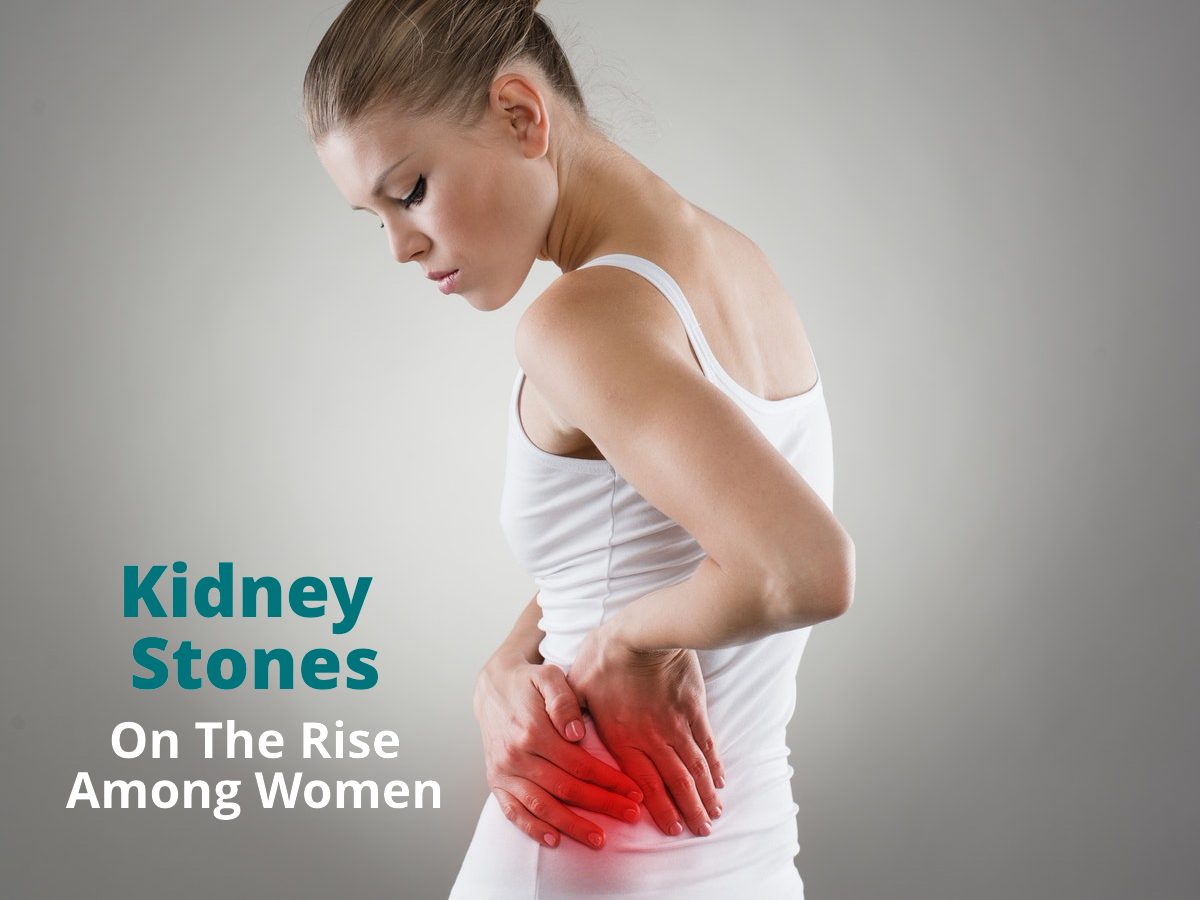Kidney Stones on the Rise Among Women

(HealthDay News) — Kidney stones are becoming more common, especially in women, new research has found.
Better diagnostic tools could be part of the reason for the steady rise in diagnoses, according to Mayo Clinic researchers.
By using CT scans, “we are now diagnosing symptomatic kidney stones that previously would have gone undiagnosed because they would not have been detected,” lead researcher Dr. Andrew Rule said in a Mayo news release.
Rule and his colleagues analyzed the records of more than 7,200 residents of Olmsted County, Minn., who were diagnosed with kidney stones for the first time between 1984 and 2012.
The investigators found that women — especially those 18 to 39 years old — developed stones more often than men. They were most likely to have so-called infection stones, blamed on chronic urinary tract infections.
Bladder stones were less common. However, they were found more often in men, because of blockages involving the prostate gland.
People prone to kidney stones should make some changes to their diet to help prevent recurrences, the researchers advised. This may include drinking more water, reducing salt intake and eating less meat.
The researchers noted that their findings may not apply to everyone because study participants were mainly white. White people have a higher risk for kidney stones than other racial groups, they said.
Also, whether something besides better imaging techniques is responsible for kidney stones being found more often in women will require further study, the researchers said.
The findings are published in the March issue of Mayo Clinic Proceedings.
Making a diagnosis (This information is not intended as a substitute for professional medical care. Always follow your healthcare professional’s instructions.)
There are no true “warning signs” for kidney stones. Small stones are usually passed unnoticed. Large stones often remain undetected until they become lodged in the ureter and you have severe and sudden pain in the back or lower abdomen. The pain is usually described as a sharp and cramping pain in the back, the side, or the lower belly (abdomen). The pain may spread to the groin. There may also be blood in the urine, nausea, vomiting, or both nausea and vomiting. If the stone is too large to pass, the muscles of the ureter tighten trying to squeeze the stone into the bladder. Fever or chills mean there is an infection. Sometimes stones stay in the kidneys and grow larger.
Most kidney stones can be diagnosed by an X-ray. A sonogram can also spot a stone. These images tell your healthcare provider the stone’s size and where it is. Blood and urine tests help find any abnormal substance that might help stones form. Some imaging tests can see if fluid is backing up in the kidneys that could cause damage.
Your healthcare provider may decide to scan the urinary system using a CT scan or a special X-ray test called an intravenous pyelogram (IVP). The results of these tests and the others above help your doctor figure out the right treatment for you.
Are you at risk?
Things that may increase your chance of developing kidney stones are:
- A family history of stone formation
- An inherited condition that causes the body to absorb too much calcium
- A low level of citrate in the urine. This may help calcium stones form.
- Overactive parathyroid glands
- Urinary tract infections
- Gout
- Bowel disease
- High blood pressure
More information
The American Urological Association has information on kidney stones.
SOURCE: Mayo Clinic, news release, Feb. 13, 2018
Online Medical Reviewer: Hanrahan, John, MD
Online Medical Reviewer: Latif, Walead, DO
Date Last Reviewed: 11/1/2016
© 2000-2018 The StayWell Company, LLC. 800 Township Line Road, Yardley, PA 19067. All rights reserved. This information is not intended as a substitute for professional medical care. Always follow your healthcare professional’s instructions.
